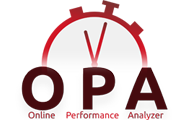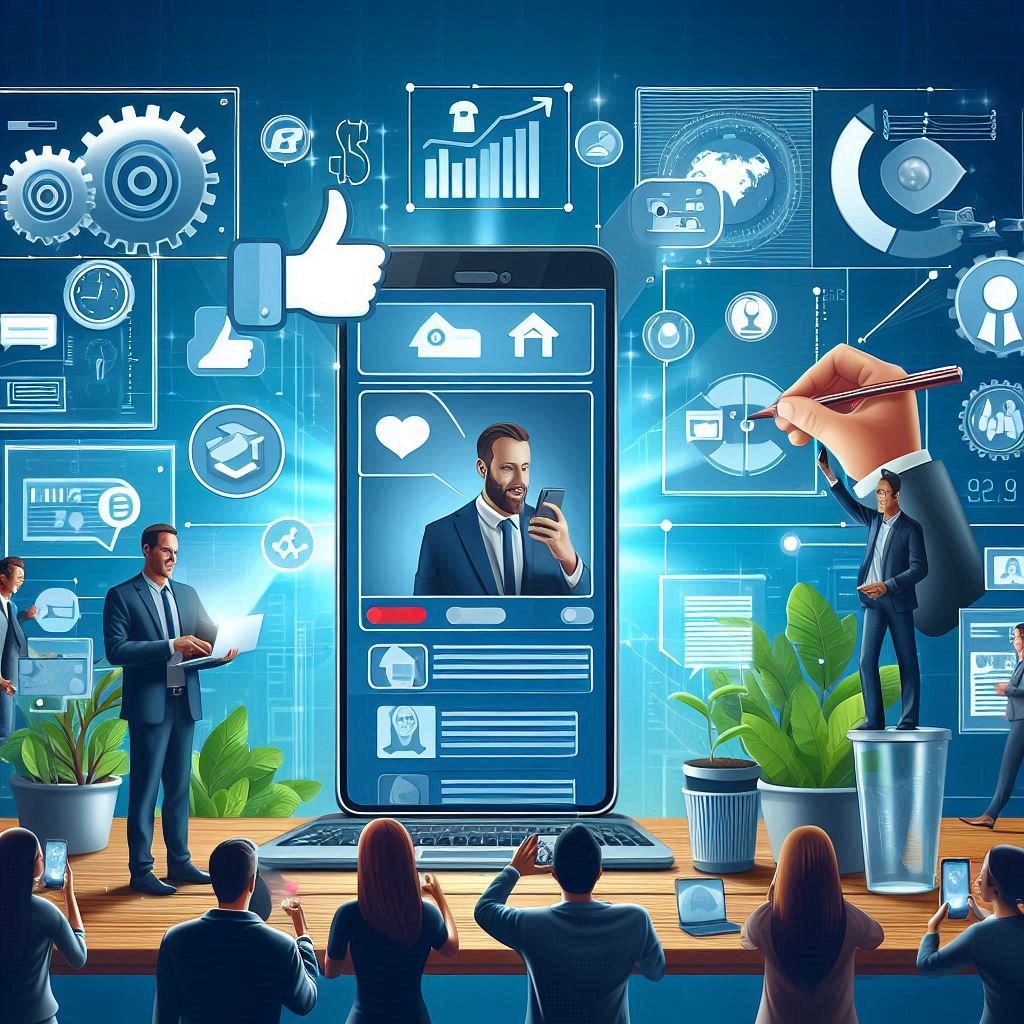In 2025, digital marketing is moving toward authenticity as consumers grow wary of polished corporate messaging. This shift is giving rise to new trends and strategies, one of which is Employee-Generated Content (EGC). This has emerged as a popular trend that enables brands to forge genuine connections with audiences. EGC involves content created by employees. This may include behind-the-scenes stories, expertise-driven posts, or personal insights that humanizes brands and builds trust. This trend is particularly resonant in B2B and service industries, where authenticity can set brands apart. As noted in an Internet Vibes article, “Employee-Generated Content isn’t just a trend—it’s the new standard.”
More About Employee-Generated Content
What is Employee-Generated Content (EGC)?
Employee-Generated Content (EGC) refers to content produced by employees that reflects their experiences, expertise, or the company’s culture. Examples include engineers sharing problem-solving processes on X, customer service representatives posting about client successes, or baristas creating TikTok videos about their daily routines. Unlike traditional marketing content, EGC offers an authentic, insider perspective that resonates with audiences seeking relatability.
How Employee-Generated Content Differs from User-Generated Content
EGC and UGC both prioritize authenticity, but they differ in other key ways:
- EGC is created by employees, while UGC (User-Generated Content) comes from external customers/users or fans.
- EGC showcases company culture and employee expertise, whereas UGC highlights customer experiences and brand advocacy.
- EGC humanizes the brand by revealing the people behind it, while UGC builds community through customer stories.
Why is Employee-Generated Content Gaining Traction?
According to The Digital Marketing Institute, “employee advocacy is more than a buzzword: It’s a powerful strategy to leverage the company’s individual voices to build brand presence, and connect with audiences.” Employees are trusted voices within their professional networks. This makes their content more credible than corporate ads. Therefore, EGC fulfills consumers’ demand for transparent, humanized brand narratives. Additionally, it is cost-effective, and offers an alternative to high-budget marketing campaigns.
The Power of Employee-Generated Content in 2025
Builds Trust and Credibility
EGC excels at building trust, with industry insights indicating that 68% of consumers trust employee-driven content more than CEO-led posts. This is particularly effective in trust-sensitive sectors like tech, healthcare, and B2B. For example, a software company’s developers sharing coding insights on X can establish expertise and credibility among niche audiences.
Humanizes Brands
EGC humanizes brands by showcasing the real people behind the company. A healthcare provider might feature nurses sharing patient care stories on social media, creating emotional connections with local communities.
Employees as Micro-Influencers
Employees act as micro-influencers, leveraging their personal networks for organic reach. For instance, Chipotle’s employee-driven TikTok videos garnered millions of views and made the brand more accessible.
Strategies for Implementing EGC
Encouraging Employee Participation
Creating a culture of content sharing is essential for EGC success. Strategies include:
- Workshops and Training: Educate employees on EGC’s value and provide content creation tips.
- Incentives: Offer rewards like gift cards or recognition for participation.
- Guidelines: Provide templates for X posts or LinkedIn updates to ensure brand alignment while preserving authenticity.
Content Types for EGC
EGC can take various forms, including:
- Behind-the-Scenes Videos: Showcasing workplace processes or team dynamics.
- Day-in-the-Life Posts: Highlighting employees’ daily routines.
- Expertise-Driven Threads: Sharing professional insights or tips.
- Customer Success Stories: Celebrating client wins through employee perspectives.
Amplifying Employee-Generated Content on Platforms
EGC thrives on platforms suited for real-time customer engagement and storytelling:
- X: Ideal for threads and Spaces, enabling employees to share insights and engage audiences instantly.
- LinkedIn: Targets B2B audiences with professional content like thought leadership posts.
- Instagram: Leverages visual storytelling through Reels or Stories.
For example, a retail brand’s employees can share store setup stories on X with branded hashtags to boost visibility.
EGC Challenges & Solutions
Challenges
Implementing EGC comes with hurdles:
- Employee Reluctance: Time constraints or privacy concerns may discourage employee participation.
- Brand Alignment: Balancing authenticity with brand consistency can be tricky.
- Risk of Oversharing: Employees might inadvertently share sensitive information.
Solutions
- Voluntary Participation: Use opt-in processes to ensure employees feel comfortable.
- Training Sessions: Teach content creation best practices and brand guidelines.
- Approval Workflows: Implement review processes for sensitive content.
- Advocacy Tools: Platforms like Hootsuite Amplify can help simplify content sharing and also ensure compliance.
Measuring & Scaling the Success of EGC
To evaluate EGC’s impact, it is important to track:
- Engagement Rates: Likes, comments, and shares on platforms like X.
- Reach: Impressions or follower growth within niche communities.
- Brand Sentiment: Changes in trust and perception using social listening tools.
Scaling EGC Programs
- Start with small teams, such as marketing or R&D, to test strategies.
- Gradually include other departments as confidence grows.
- Use internal shoutouts or rewards to sustain participation.
Employee-Generated Content is a game-changer for digital marketing in 2025. It offers brands a powerful way to build authenticity and trust, and provides a cost-effective, impactful strategy to meet consumer expectations for transparency. It empowers employees to share their stories, and enables companies to humanize their brands, engage niche audiences, and gain an edge over competition.


